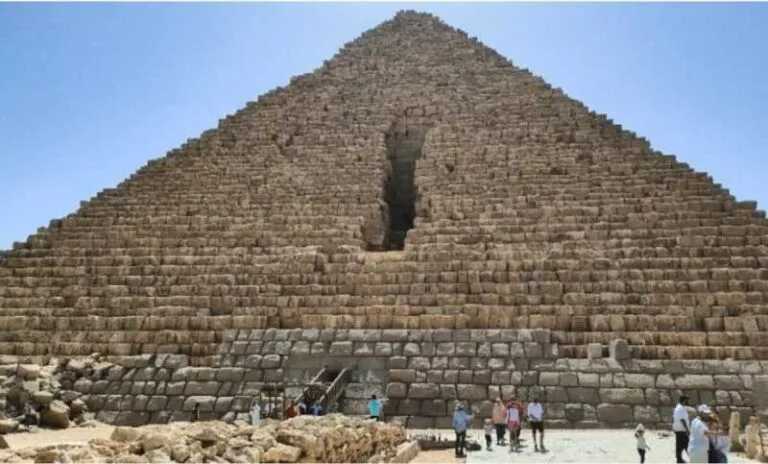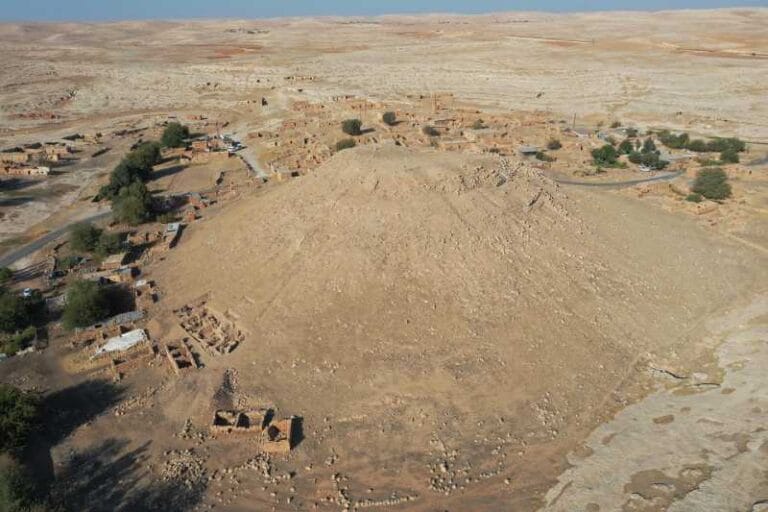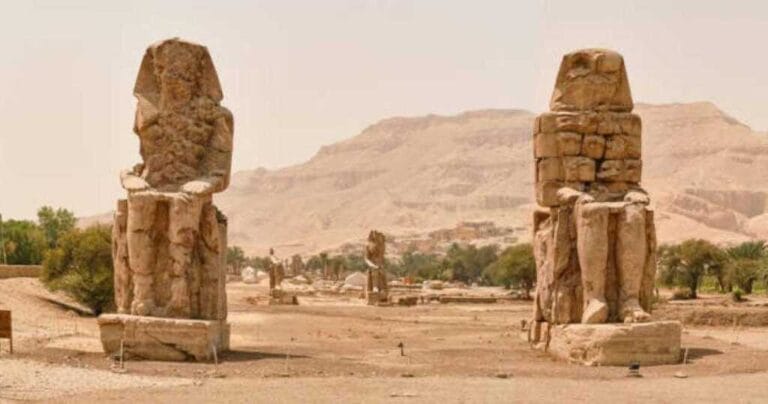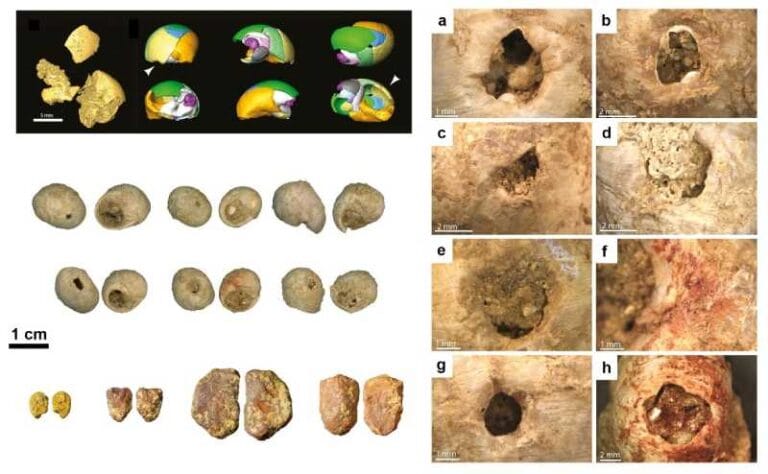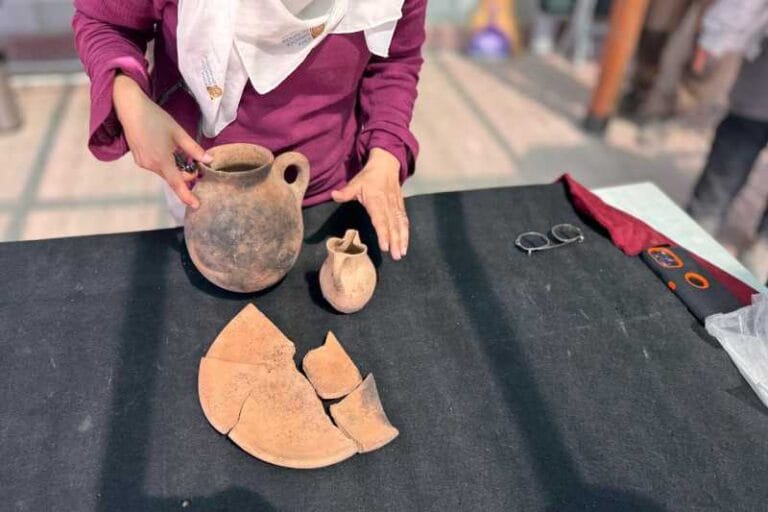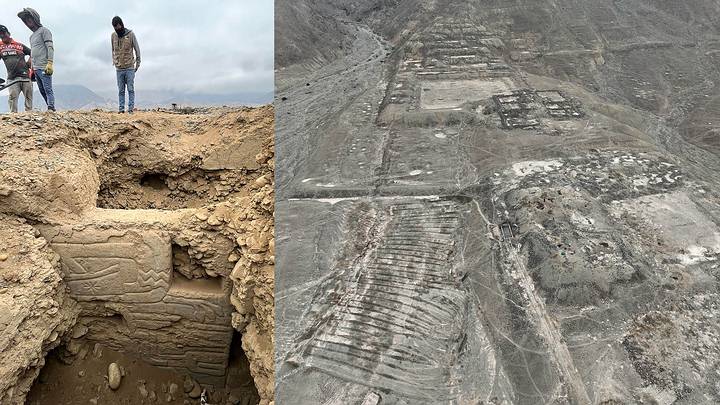Stone with ogham inscriptions from Ireland found in England.

A fascinating piece of ancient Irish history has unexpectedly come to light in the most ordinary of places – a suburban garden in Coventry, England. Graham Senior, a 55-year-old geography teacher, made the remarkable discovery while weeding his overgrown flowerbed.
“I was just clearing a flowerbed of weeds and stones when I saw this thing and thought, that’s not natural, that’s not scratchings of an animal,” Senior recalled. “It can’t have been more than four or five inches below the surface.”
The unassuming object was a small, rectangular sandstone rock, measuring just 11 centimeters long and weighing 139 grams. What caught Senior’s eye were the strange, linear carvings etched into three of its four sides. Acting on a hunch, he washed off the stone and sent photographs to a relative who worked as an archaeologist.
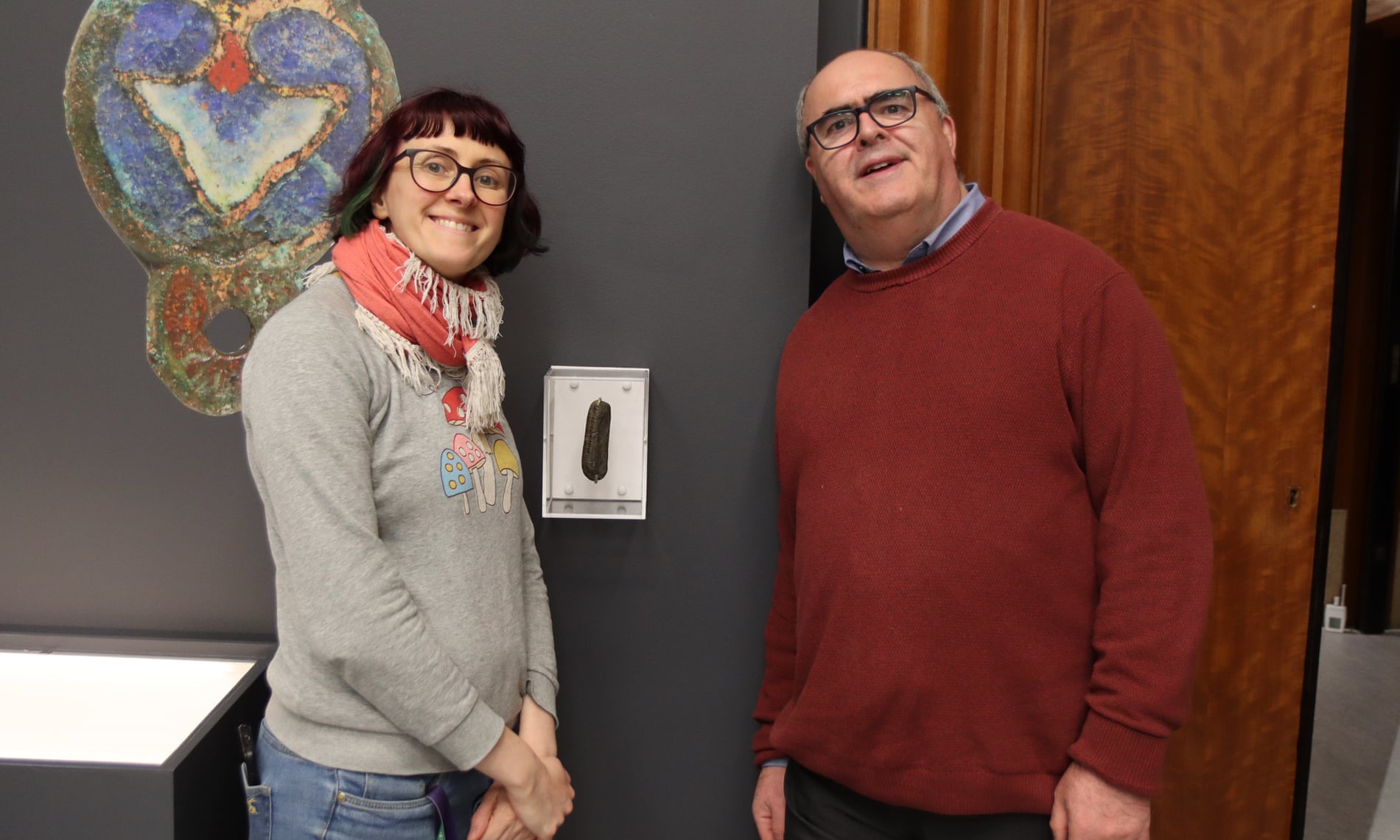
That instinct proved pivotal. The archaeologist suggested Senior contact the Portable Antiquities Scheme, a national program that records archaeological objects found by the public. Teresa Gilmore, the schemes’s finds liaison officer for the region, instantly recognized the markings’ significance.
“This is an amazing find,” Gilmore marveled. “The beauty of the Portable Antiquities Scheme is that people are finding stuff that keeps rewriting our history.”
With help from Celtic studies experts, the inscriptions were identified as ogham – an early medieval alphabet used primarily for writing the Irish language before the Latin script’s adoption. And this particular ogham stone likely dates back over 1,600 years to sometime between the 4th and 6th centuries AD.
“This particular find has given us a new insight into early medieval activity in Coventry, which we still need to make sense of,” Gilmore explained. “Each find like this helps in filling in our jigsaw puzzle and gives us a bit more information.”
Ogham stones are extremely rare artifacts, with examples generally surfacing only in Ireland and Scotland. As Gilmore noted, “To find them in the Midlands is actually unusual.” Their existence in Coventry hints at intriguing possibilities about the area’s little-known medieval history.
“It could have been linked to people coming over from Ireland or to early medieval monasteries in the area,” Gilmore hypothesized. “You would have had monks and clerics moving between the different monasteries.”
The markings themselves have been provisionally translated as “Maldumcail/S/Lass”, which may reference both a person’s name, Mael Dumcail, and a place name. While its precise purpose remains a mystery, Gilmore speculated it “could have been a portable commemorative item.”
For Graham Senior, the original discoverer, the find is a source of excitement and pride for his local Coventry community. “We’re not far from the River Sowe. My thinking is that it must have been a major transport route,” he said, imagining how the stone may have arrived.
The humble backyard gem has now found a fitting home at the Herbert Art Gallery and Museum in Coventry, where it will be displayed as part of the upcoming “Collecting Coventry” exhibition opening May 11th.
“It is really quite incredible. The language originates from Ireland. So, to have found it within Coventry, has been an exciting mystery,” curator Ali Wells told The Guardian. “Coventry has been dug up over the years, especially the city centre, so there’s not that many new finds. It was quite unexpected.”
- See also: Hussar armor discovered in Poland
An unexpected find, indeed – this ancient stone has not only rewritten the medieval history books, but served as a striking reminder that priceless artifacts can turn up in the most unassuming of places. One local resident’s backyard has yielded a precious window into the long-forgotten ties between Ireland and the English Midlands over a millennium ago.

